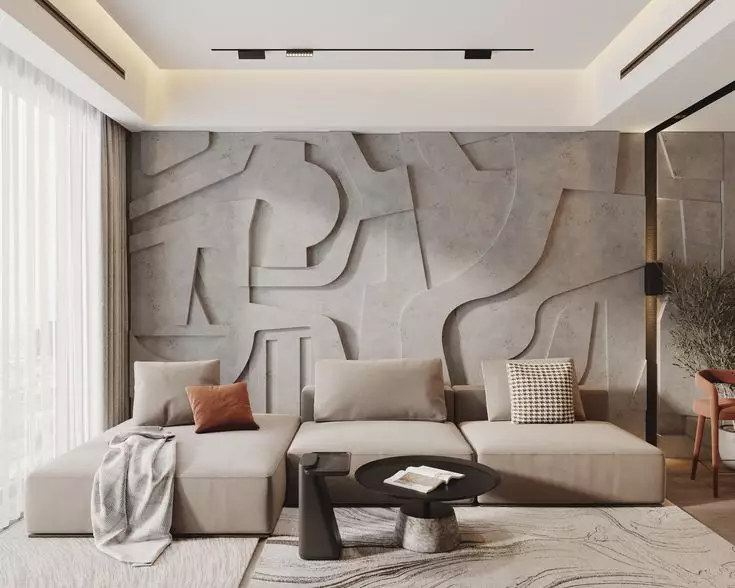Transforming a home or workspace with a fresh coat of paint or a thoughtfully designed interior can be a fulfilling experience. However, achieving the perfect look often requires the expertise of skilled professionals who understand the nuances of style, color, and functionality. Local painting and decorating experts play a pivotal role in bringing these visions to life by offering services tailored to individual preferences, ensuring that every project is as unique as its owner. The hallmark of exceptional local painting and decorating services lies in their personalized approach. Unlike mass-market solutions, these experts prioritize understanding the specific tastes, needs, and aspirations of their clients. Whether it is a serene and minimalist vibe for a bedroom, a vibrant and welcoming ambiance for a living room, or a professional and polished look for an office, local professionals excel at adapting their craft to align with your preferences. Their ability to balance aesthetics with practicality ensures that the final outcome is not only visually appealing but also functional and durable.
Color selection is a critical aspect of any painting or decorating project, and this is where local professionals shine. They often possess in-depth knowledge of color theory and trends, helping clients navigate through a vast palette to find shades that best suit their personality and space. They can also advise on finishes, textures, and patterns, ensuring that the final result harmonizes with existing decor while injecting a fresh perspective. Many local experts stay updated on the latest styles, such as eco-friendly paint options or innovative techniques like textured walls, giving clients access to cutting-edge ideas. Beyond aesthetics, local painter decorator Southampton experts bring technical expertise that ensures flawless execution. From preparing surfaces to applying paint evenly and efficiently, their attention to detail minimizes common issues like streaks, uneven coats, or premature wear. Decorating services often include wallpapering, custom designs, and furniture restoration, adding a layer of versatility to their offerings. This comprehensive skill set allows them to tackle both small residential projects and large-scale commercial undertakings with ease.
Another significant advantage of hiring local professionals is their commitment to the community and accountability. Unlike larger, impersonal companies, local businesses often thrive on reputation and word-of-mouth referrals. This drives them to deliver superior results and maintain open lines of communication with clients. Their proximity also makes them more accessible for follow-up services or future projects, fostering long-term relationships built on trust and satisfaction. Moreover, many local painting and decorating experts embrace sustainable practices, which resonate with clients who value eco-conscious living. This may include using low-VOC or non-toxic paints, recycling materials, or adopting energy-efficient methods to reduce waste. By supporting these local businesses, clients not only enhance their living spaces but also contribute to the health of their community and environment. In summary, local painting and decorating experts offer more than just a service they provide a personalized and professional experience that reflects your unique style. Their blend of artistic talent, technical skill, and commitment to excellence ensures that each project is executed to perfection.


